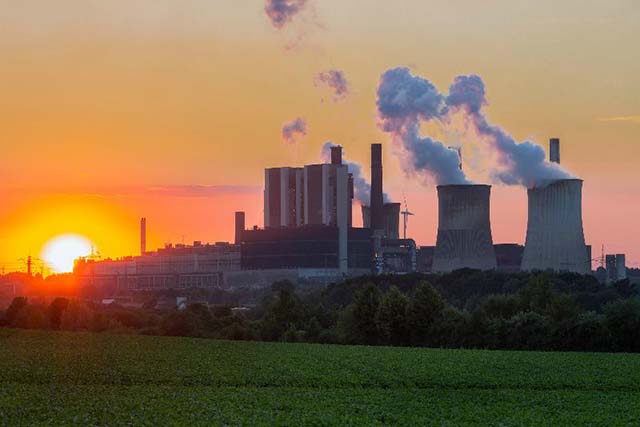Covid-19 has a ripple effect in the global space of energy. When India, a major consumer, moves towards a nationwide lockdown, it reduces energy demand by almost 30%. According to the latest estimate of the International Energy Agency ( IEA), annual energy demand is decreased by 0.6 percent for each additional week of lockdown.
“Overall, we estimate that an additional month of the restrictions in place as of early April would reduce global annual energy demand by around 1.5 percent,” said the IEA’s ‘Global Energy Review — The effect of the Covid-19 crisis on global energy demand and CO emissions.' Energy demand is projected to fall by 6% in 2020—seven times the decline following the 2008 global financial crisis. In absolute terms, the fall is unprecedented — the equivalent of losing India 's entire energy market, the world's third-largest energy user.
“The Covid-19 pandemic represents the biggest shock to the global energy system in seven decades, with the drop in demand this year set to dwarf the impact of the 2008 financial crisis and result in a record annual decline in carbon emissions of almost 8 percent,” it said.
“It is still too early to determine the longer-term impacts, but the energy industry that emerges from this crisis will be significantly different from the one that came before,” said Fatih Birol, Executive Director, IEA.
“This is a historic shock to the entire energy world,” he added. “Amid today’s unparalleled health and economic crises, the plunge in demand for nearly all major fuels is staggering, especially for coal, oil and gas. Only renewables are holding up during the previously unheard-of slump in electricity use.”
The report's forecasts of energy demand and energy-related emissions for 2020 are based on expectations that the global lockdowns are slowly being eased in most countries over the coming months, followed by a gradual economic recovery.
India scenario
“The declines in electricity and transport demand in India have been among the deepest globally, but the contractions over the full year are likely to be smaller than the global average,” Birol told BusinessLine.
“Like every country, India’s demand recovery will be determined by the duration and scope of its lockdown measures. We have been pleased to see the Government of India working closely with its citizens and companies to ensure energy supplies and navigate this difficult time,” he said.
Advanced economies are projected to see the highest declines, with demand predicted to fall by 9% in the US and 11% in the EU. The effect of the crisis on energy demand depends heavily on the length and rigor of steps to curb the spread of the virus.
The IEA found that, every month, global lockdown reduces annual global energy demand by about 1.5 percent. Changes in the use of electricity during lockdowns have resulted in significant declines in the overall demand for electricity. "Electricity demand is set to decline by 5% in 2020, the largest drop since the Great Depression of the 1930s," he added. “At the same time, lockdown measures are driving a major shift towards low-carbon sources of electricity including nuclear, hydropower, wind and solar PV. After overtaking for the first time ever in 2019, low-carbon sources are set to extend their lead this year to reach 40 percent of global electricity generation — 6 percentage points ahead of coal. Electricity generation from wind and solar PV continues to increase in 2020, lifted by new projects that were completed in 2019 and early 2020.”
"This phenomenon is impacting demand for electricity from coal and natural gas, which is increasingly being squeezed between low overall demand for electricity and rising supply from renewables," the report said. As a result, the combined share of gas and coal in the global power mix is expected to decline by 3 percentage points in 2020 to a level not seen since 2001. Coal is especially hard hit, with global demand expected to fall by 8% in 2020, the biggest decline since the Second World War.
Growth of renewables
Renewables are set to be the only energy source to grow by 2020, with their share of global electricity generation projected to jump due to their priority access to grids and low operating costs. Despite supply chain disruptions that have slowed or delayed deployment in a number of key regions this year, solar PV and wind are on track to help boost renewable electricity generation by 5 percent by 2020, supported by higher hydropower output.
However, as in previous crises, the recovery in emissions could be greater than the fall, unless the investment surge to revive the economy is committed to cleaner and more robust energy infrastructure, the report said.


































